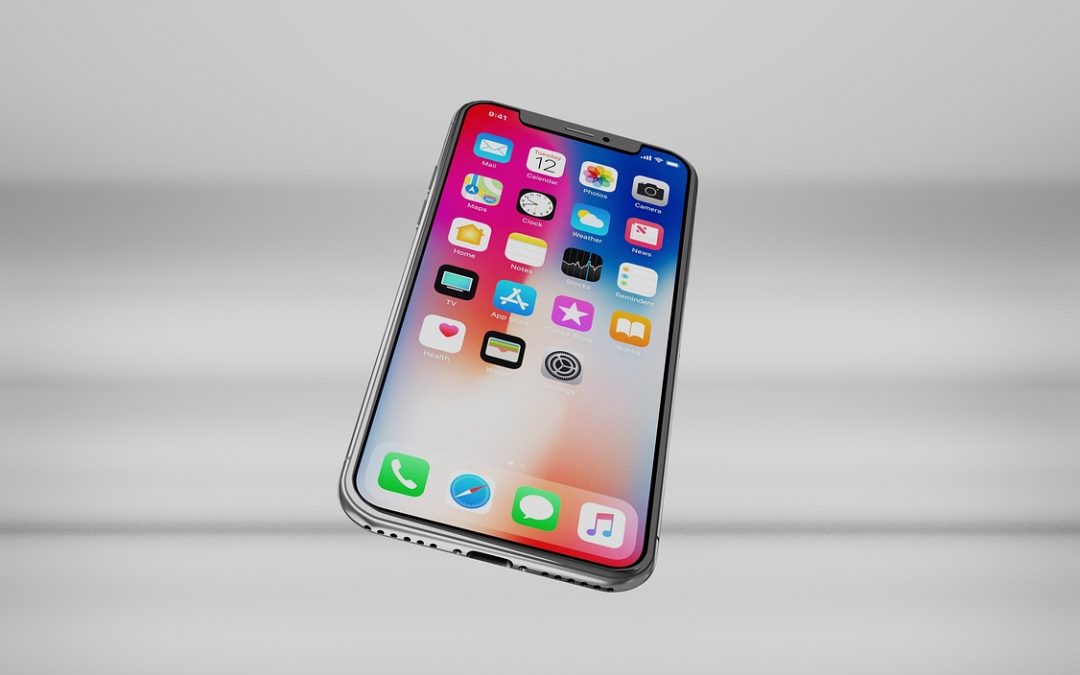iOS 13.5 Covid 19 update – Apple’s iOS 13.5 and Covid 19
Apple on Wednesday released iOS 13.5 and iPadOS 13.5. The update includes bug fixes, improvements, and, perhaps most notably, changes to how Face ID works when iPhone owners are wearing a face mask, along with the COVID-19 contact tracing feature.
iOS 13.5 Covid 19 update – what’s New in iOS 13
In a rare move of cooperation, Apple and Google have developed a new system for tracking the spread of COVID-19. These new APIs will be available for both Apple’s iOS platform and Google’s Android platform. Leading into the expected June debut of iOS 14, Apple has been testing what was expected to be the final beta version of iOS 13 — previously numbered “13.4.5.” Today, the company is changing up the beta cycle with the release of iOS 13.5, a revised version that includes the coronavirus exposure notification system it co-developed with Google.
This new API will allow users to opt in or out at will. On iOS, Apple has added a new option under Settings to give the user full control over this.

Once enabled, it will use Bluetooth to track potential exposure to COVID-19, as confirmed by public health organisations. The phone will record instances of when it has been in contact with other users’ phones for an extended period of time. If a person is then diagnosed with COVID-19, the public health organisations can inform other people who may have been in contact with the infected person.
Location information and personal information is not shared or collected. It is completely anonymous.
Apple is working on an “AirTag” that will compete with products like Tile. This offers up Bluetooth tracking for items like keys, wallets and cameras. AirTags will integrate into the Find My app and will take advantage of offline tracking capabilities. There’s no word on when AirTags will launch. Keeps your eyes peeled for these new items.
iOS 13.5 Covid 19 update – Exposure Notification API – How does it work?
The device will use Bluetooth to ping the device’s current RPID out to any nearby devices, at least once every five minutes. The device will also generate new RPIDs every ten to 20 minutes for security.
Each device will record all temporary exposure keys it has generated, and log all the RPIDs it has come into contact with from other devices over the past two weeks.
If a user learns they have been infected, they can grant the public health organisation permission to publicly share their temporary exposure keys from the last two weeks. As mentioned, the health organisation needs to verify the user is actually infected before the keys are shared.
Once shared, the keys are known as ‘Diagnosis Keys’. These keys are stored in a public registry and will be available to everyone who uses the app.
Each diagnosis key contains all the information needed to regenerate the RPIDs associated with that user. So, the app can use this public registry to compare the RPIDs a user has been in contact with against the confirmed list of people infected with COVID-19. If a match is found, the user gets a notification of the potential risk. To read the basics of the new iOS check out Hype Beast’s article here.
iOS 13.5 is now out to everyone on iOS 13 supported devices including, iPhone, iPad, and iPod touch. iOS 13.5 brings new features for contact tracing, FaceID, FaceTime, Music, fixes to mail and more. In this video I cover all the new features, updates, and fixes that come with iOS 13.5 and go over battery life and Performance. If you were wondering if you should install iOS 13, now is the time.
Apple Fan? Or Not?
Sorry, there are no polls available at the moment.
The Coronavirus Explained & What You Should Do!
To find out more about how Coronavirus (COVID-9) please watch the video provided below.
In December 2019 the Chinese authorities notified the world that a virus was spreading through their communities. In the following months it spread to other countries, with cases doubling within days. This virus is the “Severe acute respiratory syndrome-related coronavirus 2”, that causes the disease called COVID19, and that everyone simply calls Coronavirus. What actually happens when it infects a human and what should we all do?
Get in touch!
To find out more about how Estio Training can support you with developing the very best Digital Apprentices, complete this form to arrange contact with one of our representitives.



